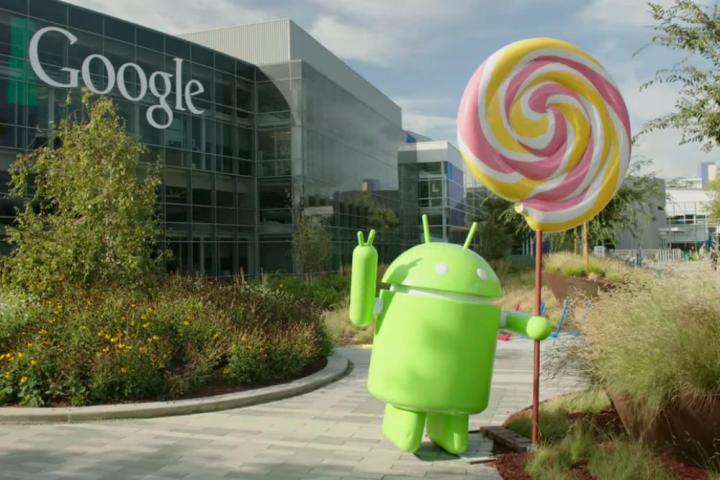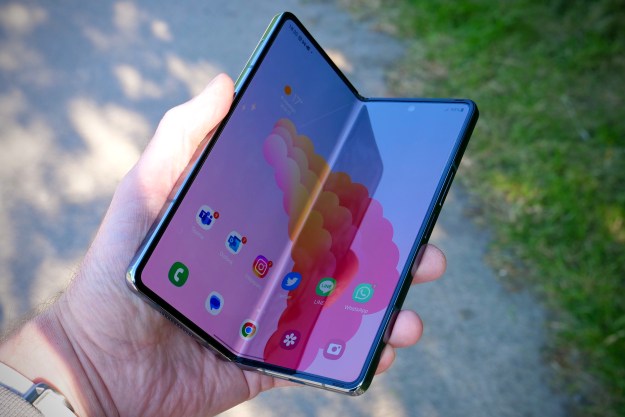
Android 5.0 Lollipop was announced during the summer as Android L, then officially released as Lollipop several months later. It’s available on Google’s latest Nexus 9 and Nexus 6 devices, and is currently being sent out to older Nexus phones and tablets, plus the Google Play Edition hardware. Manufacturers including LG, HTC, and Samsung are all working on bringing the new version out, but most will not do so until early next year.
It’s no surprise Lollipop hasn’t made an impact on Google’s results yet, then. However, while it may be the most recent version of Android, it’s unlikely to be the most widely used for some considerable time. Android 4.x Jelly Bean retains the lead and is installed on just over 48 percent of the devices visiting the Play Store, but it’s 4.4 KitKat which is mounting the most convincing challenge against it for supremacy in the app store. During the summer, Google reported KitKat was installed on 20 percent of phones, but as of today, it’s up to 33.9 percent. If it can maintain momentum, it’ll be right behind Jelly Bean by March 2015.
We shouldn’t write Lollipop off though. Don’t forget, Google wants Lollipop to be installed on many different devices, with large and small screens, so the influx of smartwatches, and new phones running Android One could give it a big boost if sales increase over the coming months. The next set of results from Google will give us a better idea of how its plan is progressing.




